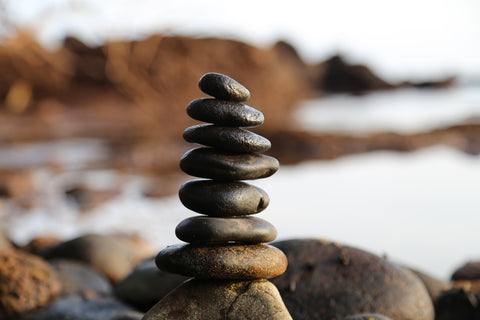The difference between meditation, mindfulness, concentration, relaxation, and visu-alization is as follows:
➤ Meditation is a conscious process wherein the meditator makes an effort to be fully aware without attaching to thoughts and feelings. Eventually, mental clamor settles down and awareness becomes more acute. Meditation can also refer to the practice of one-pointed awareness, focusing on a visual, aural, or other point (like a mantra or a candle flame) until the meditator becomes one with the point of awareness. (These come to the same thing because mindfulness and one-pointed awareness eventually both lead to the awareness of the unity of all things.) Meditation is also the artificial environment created for practicing non-attachment, mindfulness, or one-pointed awareness—sitting just to meditate, walking just to meditate, and so on.
➤ Mindfulness is what we practice during meditation, but can also be practiced during daily activity. It is the process of being fully aware of our external and internal environments.
➤ Concentration is an effort to focus on one particular thing rather than on general awareness. It is often a technique for easing into meditation, and it trains the mind so that the more it is practiced, the better the mind becomes at focusing for longer periods of time.
➤ Relaxation is a physical and/or mental process of leaving effort behind—relaxing muscles or thoughts—without a specific focus on awakened awareness. Relaxation is great for stress reduction and helps to unclutter the mind, making mindfulness and concentration easier. One relaxation technique is visualization.
➤ Visualization is a technique wherein you imagine certain scenarios for relaxation (walking on a beach at sunset, sitting in a field of flowers, wading in a mountain stream) or for personal development (you succeeding in your job, in love, in school, and so on). It is more a tool for personal transformation than it is meditation, although some people like to use visualization for relaxation alone.








